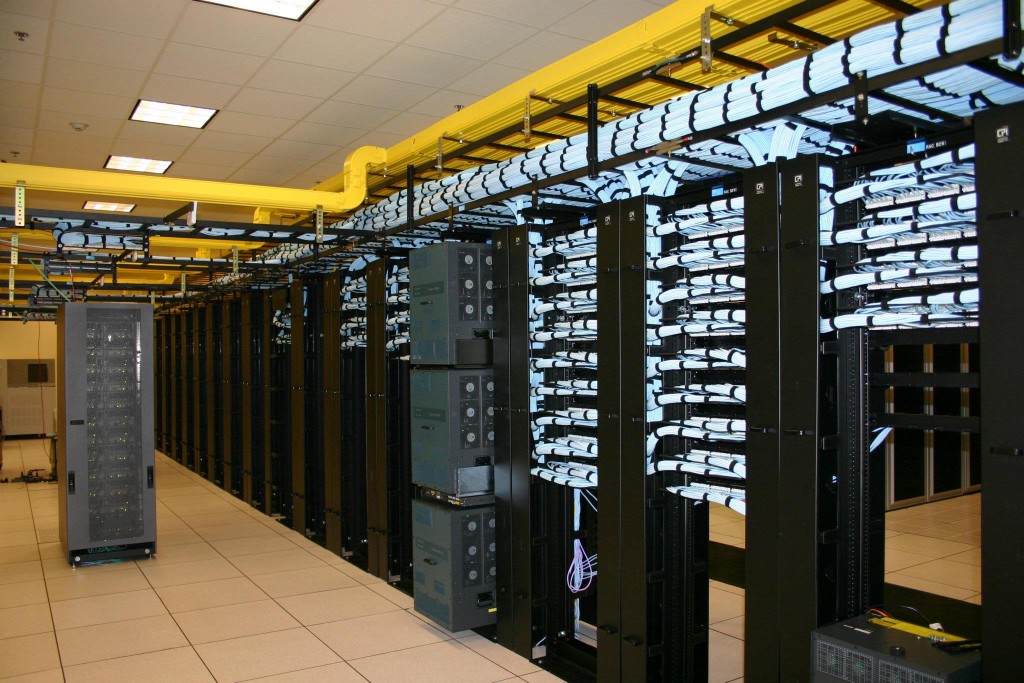Structured Cabling in Toronto
Structured cabling refers to building of telecommunications cabling infrastructure that consists of subsystems- standardized small elements.

Standards in telecommunication include structured cabling subsystems, data cabling practices, installation methods, recommended topology and distances and connecting hardware performance specifications.
The structured cabling subsystems include
- Backbone cabling
- Horizontal cabling
- Work area
- Equipment rooms and entrance facility
- Telecommunications rooms and enclosures
Horizontal cabling refers to a cabling that extends to the work area from the horizontal cabling and dominates in outlets of telecommunications. Horizontal cabling includes cable to the work area from the patch panel, cross connections that ever permitted, any communication outlets, one transition point maximum and enclosures are cross connects in telecommunications.
Backbone cabling subsystem of structured cabling is necessary to connect telecommunication rooms and enclosures and entrance facilities equipment rooms. It consists of cables that connect the equipment rooms, telecommunication rooms, the cross connect cables, building entrances, patch cards or mechanical terminations to backbone cross connection.
The work area subsystem of structured cabling is where the horizontal cabling terminates. In this area, the telecommunication equipment and users connect to the structured cabling infrastructure. The work area includes components such as model of cards, fiber jumpers, patch cables and adapter cables and the area begins as a telecommunication area. In addition, the area includes station equipment such as telephones, fax machines, computers, alarm and many more.
The telecommunication rooms in enclosures refers to a location within the building that may contain networking IT Equipment such as routers, switches, hubs and patch panels.
The equipment room is a centralized space that is specified to the house and it has more sophisticated equipment than the entrance facility. Backbone cabling identification rooms are specified and they dominate the equipment room.
Entrance facility refers to the point in the building where the structured cabling connects with the outside world. All external cabling such as interpreting and telecommunication provider and campus backbone should enter the building and exit it in a single point. It is recommended that a dedicated entrance facility with more than twenty thousand usable square feet for buildings.
Structured cabling link together multiple telephones and computers along with other devices and it is a great way of applying unity in a business. Structured cabling has many benefits which include simplifying how a business office works by running everything off one system, reducing the costs of calling specialist engineers to attach new devices because you can easily attach them and it is straightforward.
To take advantage of the above benefits provided by structured cabling, you need the best structured cabling company who are well aware of challenges and new technologies in the industry.


